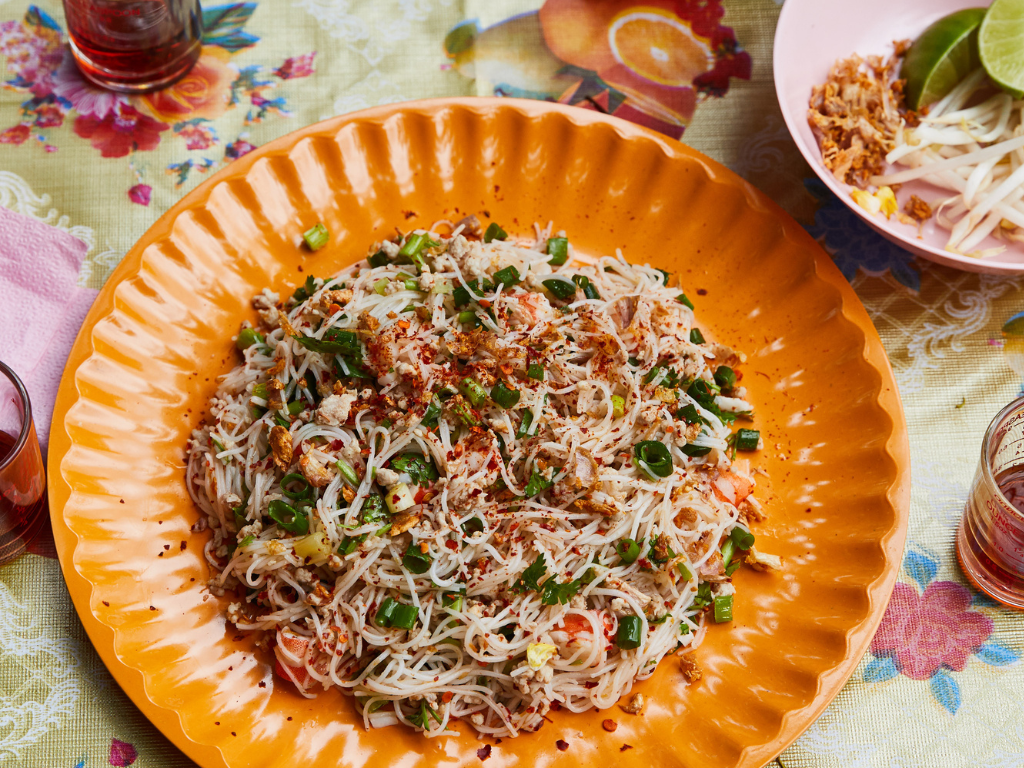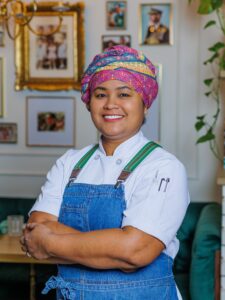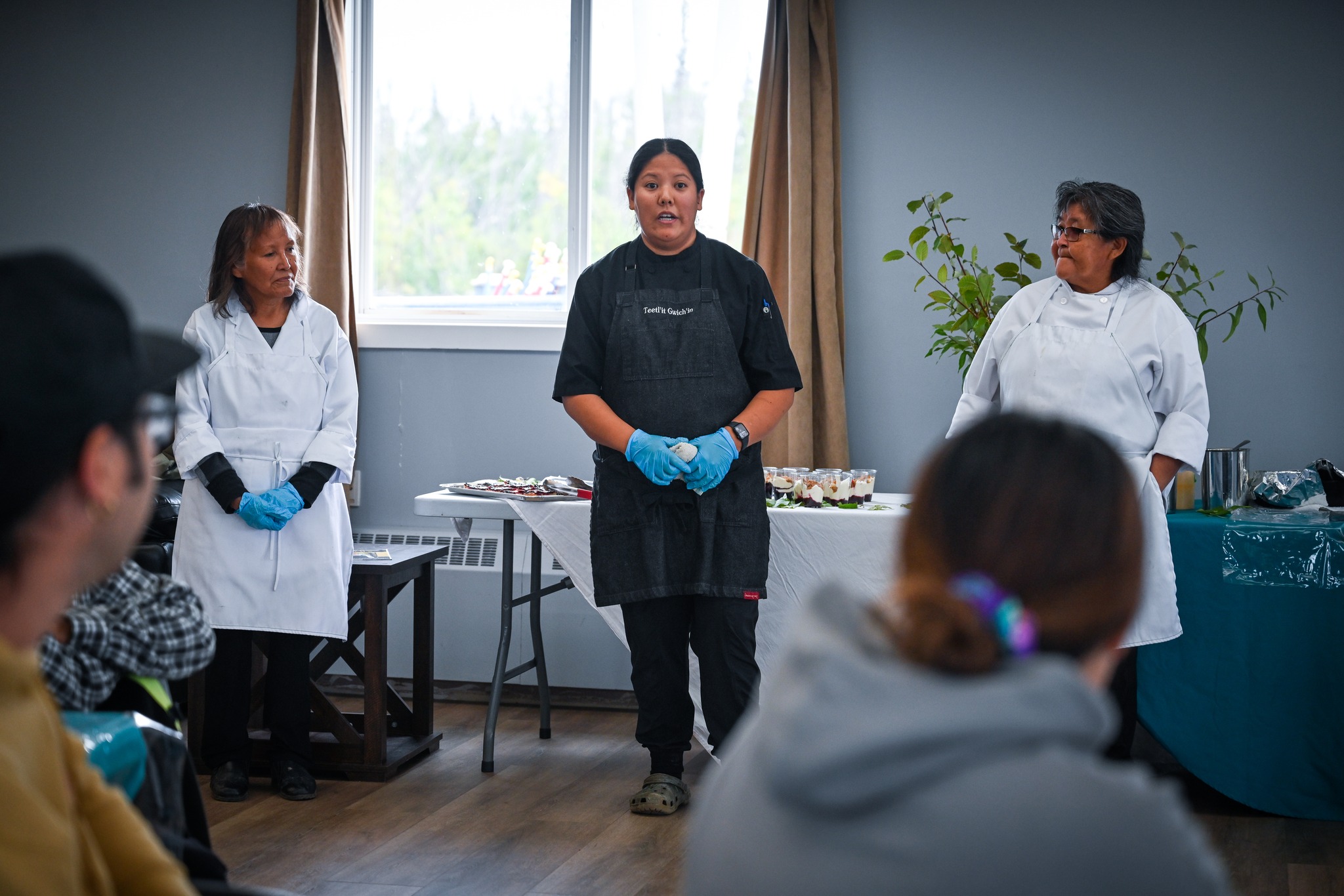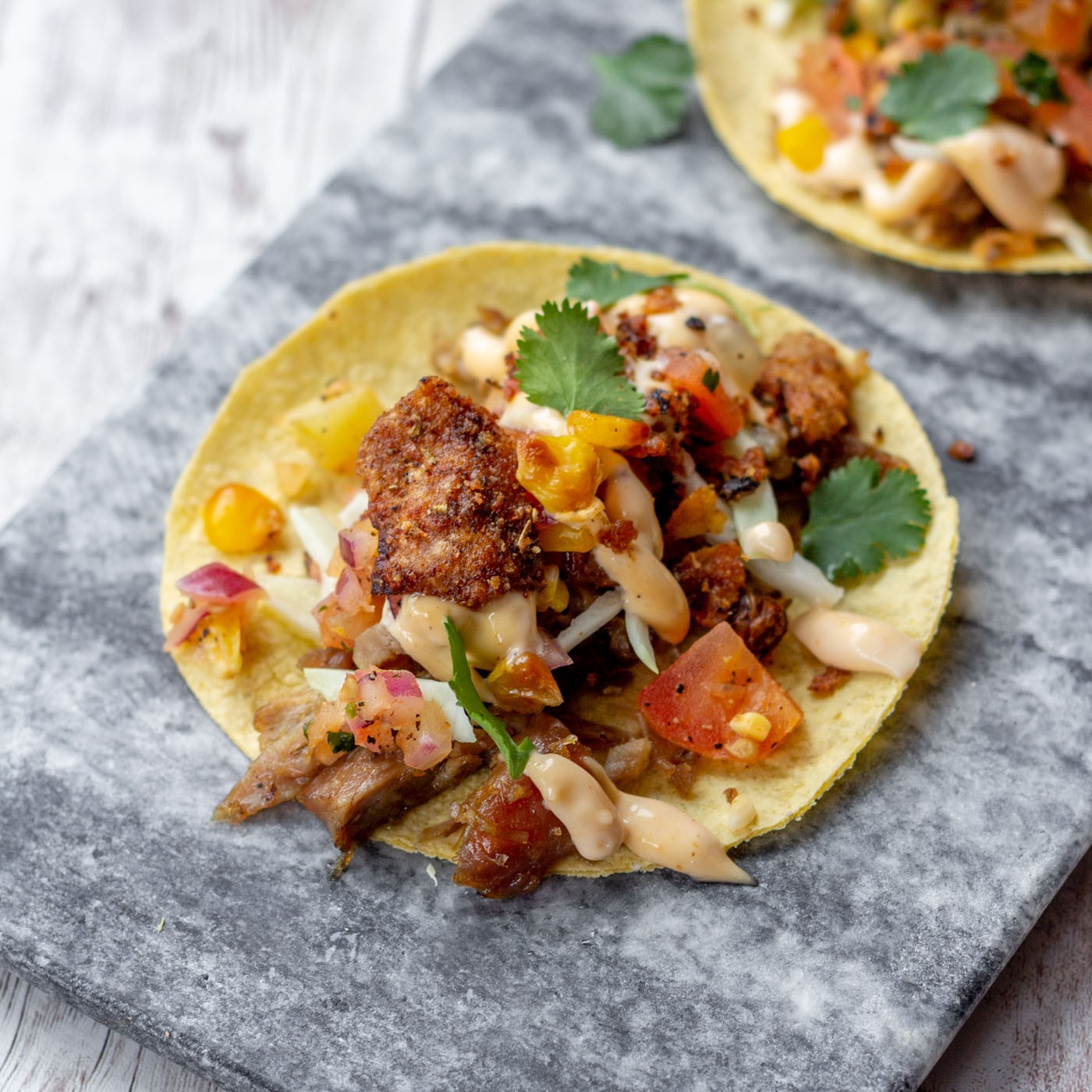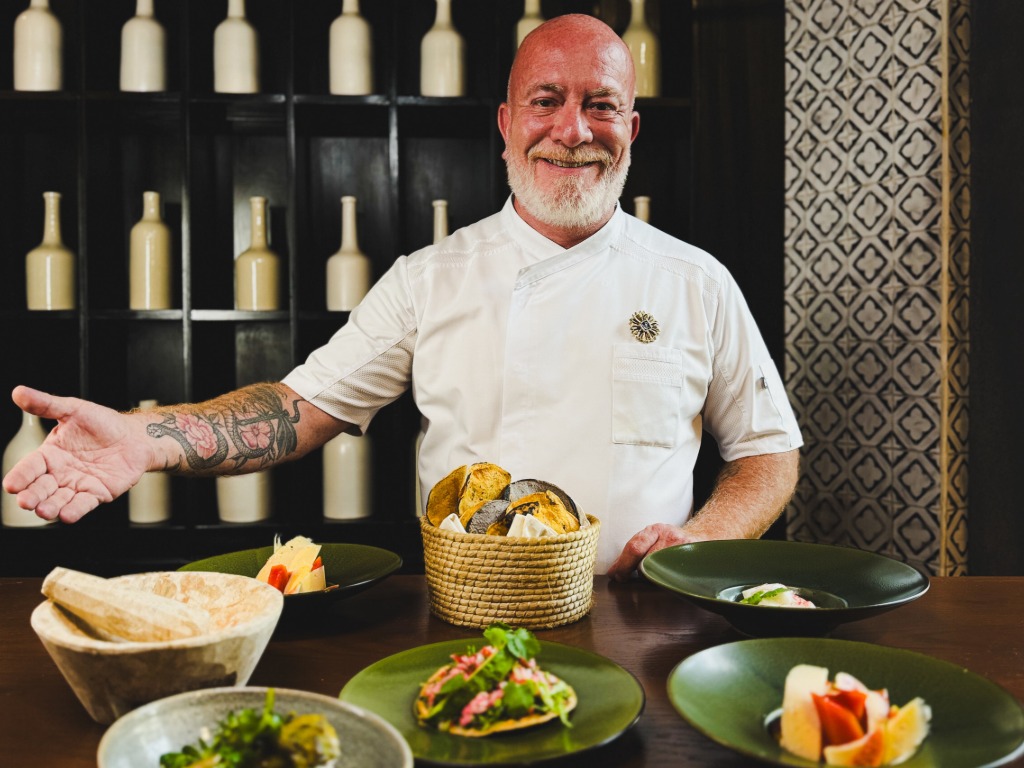
Inside Saskatchewan’s Rising Food Scene
Chefs across the province are redefining prairie cooking with fearless menus rooted in local ingredients.
By Cathy Senecal
Southwestern Saskatchewan is all blue sky and cumulus clouds over rolling hills and endless grasslands. Across its small towns, a new guard of chefs is reimagining the province’s bounty with menus rooted in prairie flavour.
Harvest Eatery, Shaunavon
After cooking in renowned restaurants in Alberta and B.C., Garrett “Rusty” Thienes returned home to Shaunavon to raise a family and now creates a stir as chef and co-owner, with his wife Kristy, of Harvest Eatery, an award-winning steakhouse between Grasslands National Park and the Cypress Hills.
“I had this idea for a chill yet high-calibre restaurant that makes top-notch food you could eat in jeans and a T-shirt,” says Thienes, wielding a grinder over sizzling steak in the theatre kitchen beneath a faux tin ceiling.


With 99 per cent of its supplies sourced within 60 kilometres, Harvest Eatery has plenty to play with, from Speckled Park beef—“best beef in the world”—to bison from Wigness Farms, wild boar, rabbit, chicken, pork, durum wheat, mustard, chickpeas, lentils, mushrooms and both farmed and wild fish. “Some of the best experiences are outside urban centres, with a few exceptions. We’re a bit more fearless and inventive,” Thienes adds. “Creative chefs want to tell Saskatchewan’s food story alongside producers who are growing and raising incredible ingredients.”
According to Thienes, foodies who give Saskatchewan a chance will be “amazed as much by the hospitality as the food.” He proves it with one of the best tenderloins in the province, served in a dining room decorated with local art that hums with the buzz of regulars.
Schoolhaus Culinary Arts, Regina
In Regina, chef and entrepreneur Aimee Schulhauser echoes this theme of warm hospitality. “Saskatchewan’s cuisine is rooted in place, full of heartfelt hospitality,” she says.
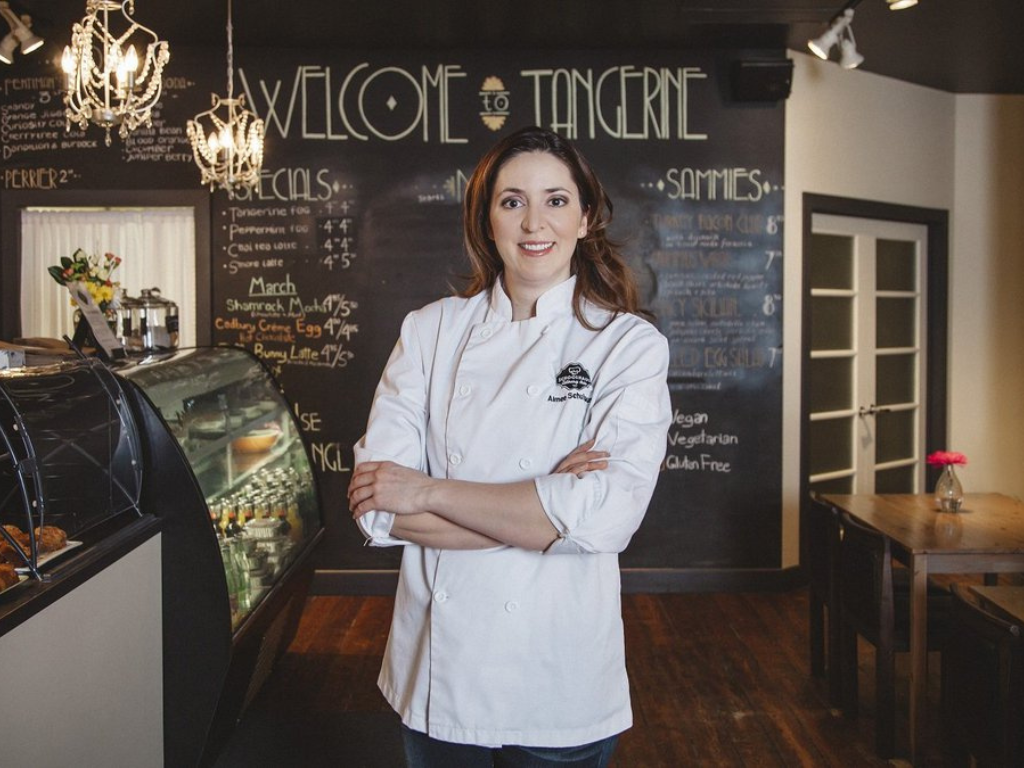
A graduate of Calgary’s SAIT, Schulhauser now runs a catering business, Tangerine, as well as Schoolhaus Culinary Arts. The school offers a fun night out where friends learn to cook together and then eat their creations. “Non-foodies enjoy the hands-on, interactive experience, and foodies love learning new techniques,” she says. (I mastered the butane torch while caramelizing mini parfaits.)
She has witnessed Saskatchewan’s culinary scene evolve over two decades. “When I first entered the industry 20 years ago, the ‘meat and potatoes’ stereotype was just starting to be challenged. Now, we have chef-driven restaurants, farm-to-table experiences and unapologetically prairie flavours.”
Free Bird, Lumsden
At Free Bird in Lumsden, avocado toast is elevated with pico de gallo, red grape tomatoes, herbs and chili oil on buttery sourdough, served with a soft egg on the side. It’s a playful take on what chef JP Vives calls “common food done uncommonly well.”
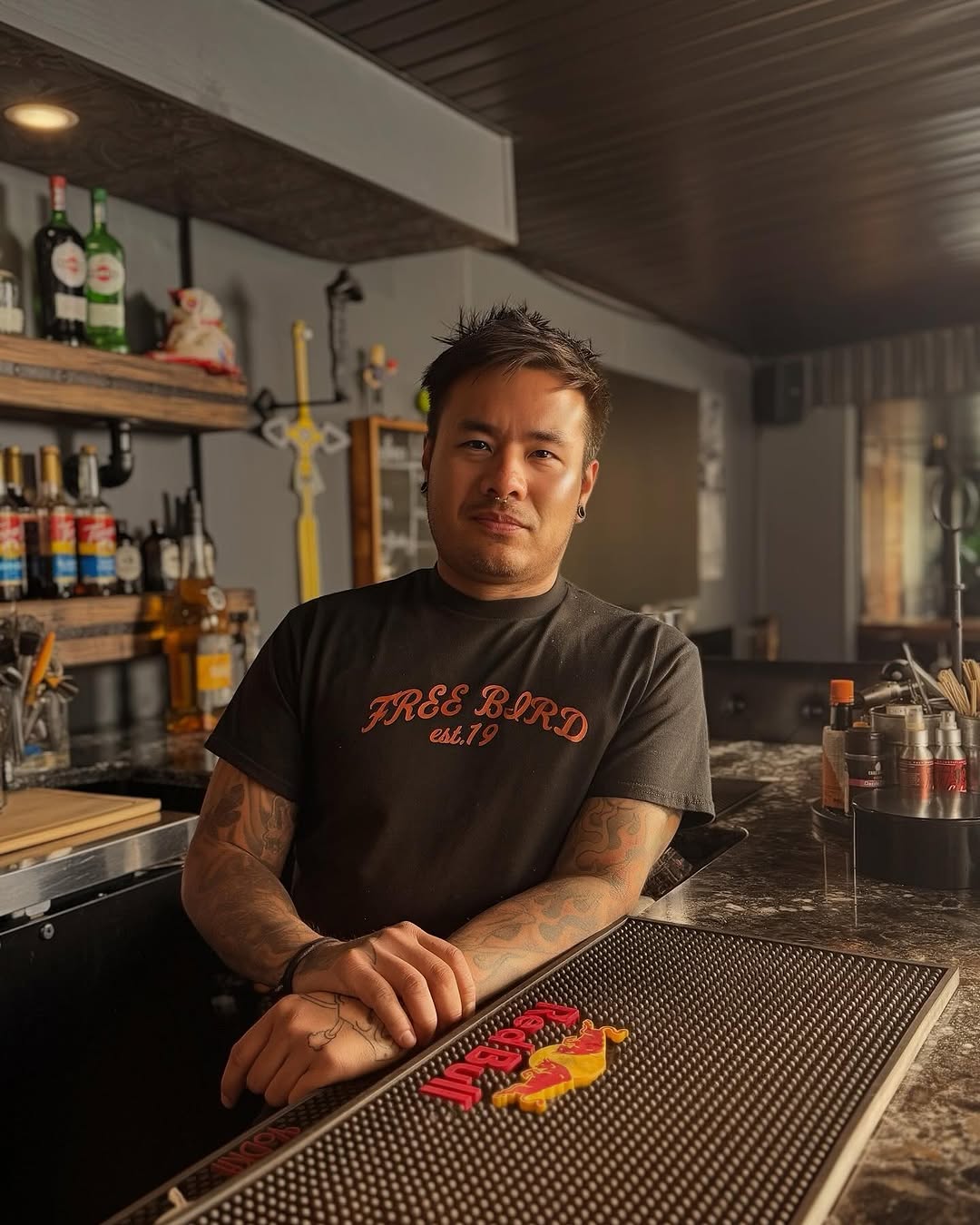
Vives opened Free Bird in 2019 after training and working in B.C. and Saskatoon. For him, culinary trends grow out of close chef-producer relationships. His tie to Babco Meats, which started across the street from the restaurant, brings organic beef, pork and chicken directly into his kitchen. “I often buy from Lincoln Gardens, too. I’m just taking these amazing local ingredients and adding my own twist to make simple, good food,” he says.
Trigo Food + Drink, Lafleche
Adam Henwood, owner-chef of Trigo, exemplifies Saskatchewan’s do-it-your-own-way spirit. After 17 years as a lawyer, he left big-city Alberta for Lafleche (population: 373) and reinvented himself in the kitchen. Today, he serves multi-course tasting menus that spotlight a different country every five months.
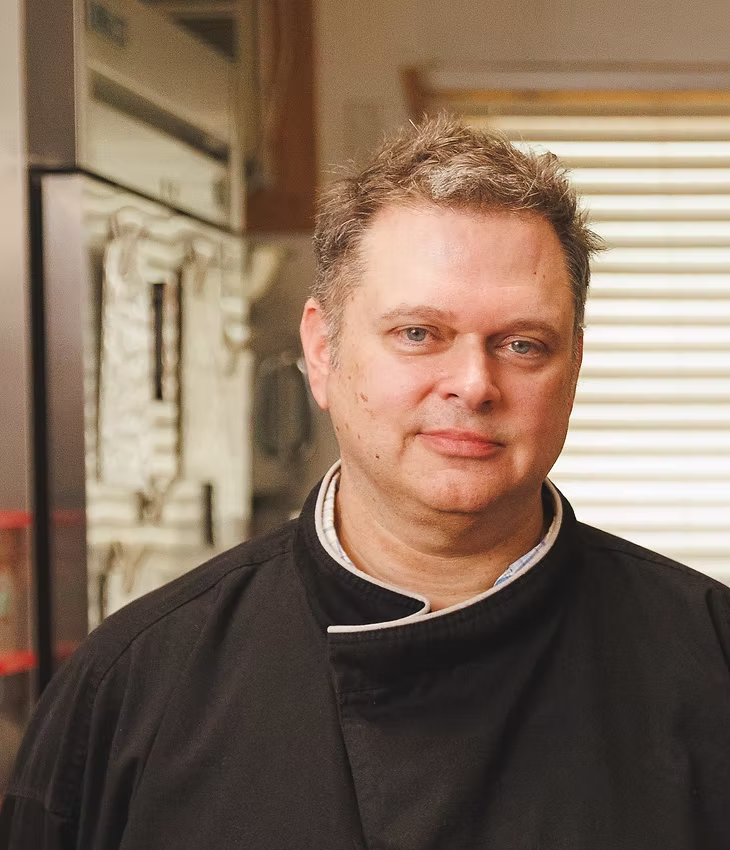
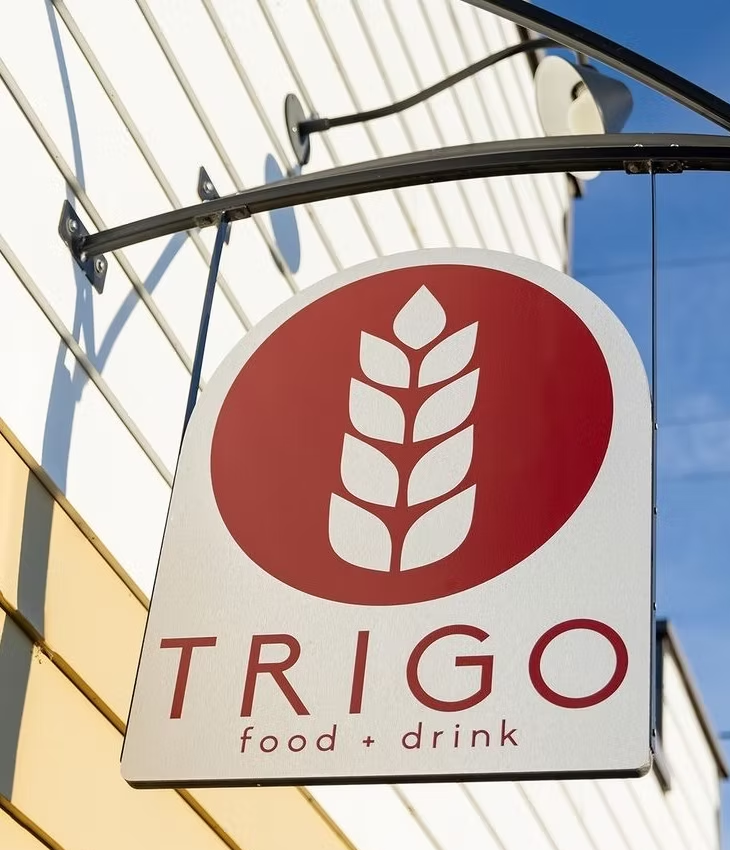
“Trigo is doing something completely unique, offering a dining experience using local fare yet authentic to a featured country,” he says.
When I visited, the theme was Georgia. Henwood orchestrated a supra, a traditional Georgian feast, pairing marigold-petal sauces with beetroot and spinach pâtés, serving cheese bread with Georgian wine and encouraging diners to slurp juice from steaming dumplings. In a room barely big enough for a dozen tables, the air filled with Georgian music as mains of beef kharcho were paired with red wine from the birthplace of viticulture.

Between courses, I dash down the town’s deserted main street to catch the setting sun tinting the grassy coulees—a moment only possible when fine dining unfolds in the middle of Saskatchewan’s Wild West.

